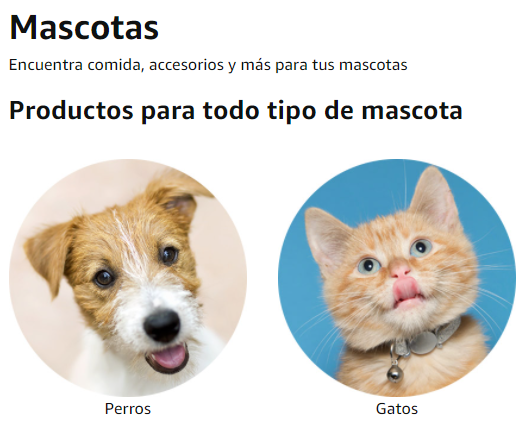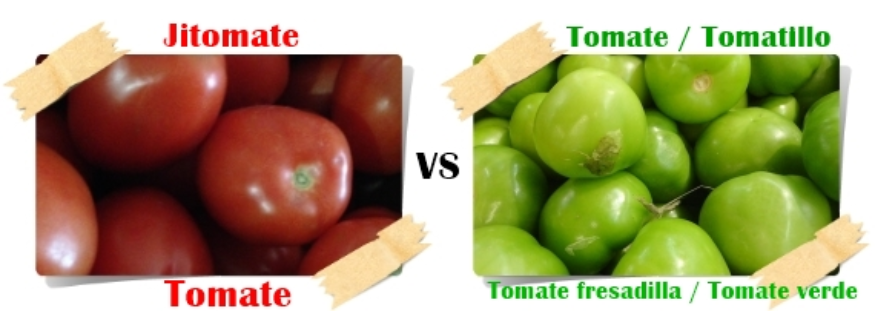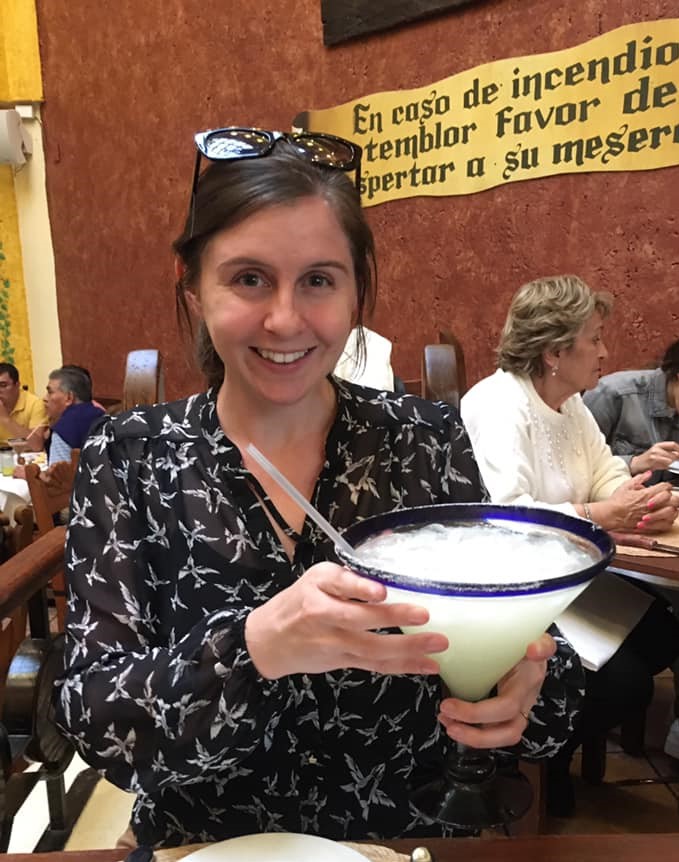
It’s pretty safe to say I’ve been learning and using quite a bit of Spanish as of late. Living abroad, immersed in a new language and culture tends to push certain language lessons to the forefront (like how to order food, how to pay your bills, etc.), but recently, I decided I wanted more lessons, formal lessons. So, I started taking intensive Spanish courses at the University of Guadalajara. It has been so much fun to be a student again and to learn so much about the Spanish language, a language that has been strikingly absent in my life prior to this move. I took Latin classes in high school and (mostly) French in university before focusing on Polish and Chinese, so for me Spanish is super exciting and feels brand new. In fact, it’s so exciting and new that I want to share some of the things I have loved most about getting to know good ol’ español.
1 The Arabic Influence
The first thing I noticed right off the bat was the huge Arabic influence. Of course, I know Spain and the Arab empires had a history (to put it mildly), but I was still really surprised at the number of daily-use Spanish words that have a strong Arabic flair. My favorite of which is definitely “ojalá”. Ojalá means “hopefully” in Spanish, and as soon as I heard it, I knew there was an “allah” connection in there. The sound and use are super similar to the expression “inshallah”, which I’ve been hearing my Saudi students say for years. Now I think I use “ojalá” almost as frequently as they use “inshallah”, and I absolutely love it. The name Guadalajara is actually another example of Arabic influence. It means “valley of the stone” in Arabic. Other common words with Arabic roots are: alberca (pool), arroz (rice), jarabe (syrup), naranja (orange), sandía (watermelon), taza (cup), and zanahoria (carrot).

2 The Drama

Another feature of Spanish that I immediately loved was the drama or passion that is imbedded directly into the language. For example, to say “I’m sorry” in Spanish, you might use “lo siento”. However, if you translate the phrase literally, it means something more like “I feel it”, which I feel has a bit more strength to it. Another super common expression in Spanish is “me gusta _____”, which is generally translated as “I like _____”; however, grammatically, it’s more like saying “I am pleased by ______”. I feel a little Victorian and definitely a tad dramatic when I translate phrases like these in my head (“Yes, the tacos please me immensely, thank you kind sir”). I can also feel the emotion in some of the vocabulary/etymology divergences as well. “Pets” in Spanish are “mascotas”, which feels so much stronger to my English brain. I also love the vivid images given to “word searches” and “ironing boards” in Mexican Spanish, which are “sopa de letras” (letter soup) and “burros de planchar” (ironing donkeys), respectively.
3 The Specificity
Something else that jumped out at me pretty early on in my Spanish crash course was the specificity of the language. The first example I was met with was the fact that in Spanish I can be American (“americana”) or I can be United Statesian (“estadounidense”). This is a specification I really wish was just as easy and natural to make in English. Another good example is the term “treintañeros” or thirty-somethings, which is a word that this particular treintañera has found quite useful. Of course, there is also a seemingly endless supply of words for taco-like things: tacos, vampiros, dorados, gringas, guisados, etc. We’re honestly still figuring out all the particulars there, but it’s not just Mexican dishes that require this level of specificity, the ingredients often call for it too: for example, the difference between tomate and jitomate. From my understanding, tomates are green and rather small, whereas jitomates are your general Romas, beefsteaks, etc. Neither of which should be confused with my personal favorite: jitomates cherry.

4 The Slang
Another fun feature (of every language really) is the slang. And no, I don’t necessarily mean bad words, just words that are used in a more playful way. Some of my recent Spanish favorites include:

-Chafa (crappy)
-Chavorucco (someone older that acts young)
-Chido (cool)
-Chin (darn)
-Codo (literally “elbow”, figuratively “stingy”)
-Crudo (literally “raw”, figuratively “hungover”)
-Fresa (stuck up/snobby)
-Garrón (freeloader)
-Güey (dude)
-Moja pendejos (literally “wet idiots”, figuratively “annoying drizzly rain”)
-Naco (trashy/tacky)
5 The Trip-ups

But perhaps the most fun (and memorable) part of learning a new language are the missteps. Language is tricky and one slip of the tongue or change of a vowel and you could be saying something completely different. For example, when I was asked if I have a boyfriend or spouse. Instead of saying, “sí, soy casada” (yes, I’m married), I said “sí, soy cansada” (yes, I’m tired). I’m pretty sure it sounded like I was tired of being married. Haha! Sorry Tucker! Another slip-up I made recently reminded me of my students. In English there is always an issue with the pronunciation of “soup” and “soap”. They’re super similar words, but definitely not interchangeable. Well, I made the same kind of strange substitution when attempting to ask for soap (jabón), but instead asking for ham (jamón). Oops! Sometimes the missteps can be a bit more extreme as well. When trying to recall the general word for seafood (mariscos), I actually said something not so nice in Spanish, and promptly got a lesson in pronunciation as well as political correctness.

I’ve been having an amazing time learning and using such an incredibly rich and fun language. Making new friends and discussing the intricacies of linguistics (or else trying to ignore them completely and just speak) has continually reinforced all the reasons I love living abroad and being (currently) surrounded by all things español. ¡Qué buenas ondas! Ojalá this is only the beginning!
